Oxygen therapy is a vital medical treatment that can significantly improve the quality of life for individuals with respiratory conditions. When administered at home, however, it requires extra care and attention to ensure safety. Since oxygen is a powerful oxidizer, it increases the risk of fire and requires specific environmental precautions. Creating a safe zone means establishing a dedicated space where oxygen equipment can function optimally without posing risks to the user or others in the household. This zone must be clear of potential hazards, well-ventilated, and tailored to support both convenience and security.
Managing Flammable Materials and Fire Risks:
One of the most critical aspects of Oxygen Therapy at Home in Dubai (العلاج بالأكسجين في المنزل في دبي) is the strict control of flammable substances. Keep all sources of ignition at least 10 feet (3 meters) away from the oxygen equipment. This includes matches, lighters, candles, incense, gas burners, and electrical appliances that may spark. Smoking must be absolutely prohibite in the oxygen therapy zone. It’s wise to place clear “No Smoking” signs in visible areas. Additionally, household items like aerosol sprays, oil-based creams, alcohol-based hand sanitizers, and certain cleaning products should not be use near the oxygen device, as they can ignite easily in oxygen-rich environments.
Choosing the Right Space in the Home:
The first step in creating a safe zone is selecting the right location. Ideally, this area should be away from sources of heat, such as radiators, stoves, fireplaces, and direct sunlight. It’s also essential to choose a spot with sufficient ventilation to prevent the accumulation of oxygen in the air, which could lead to increased flammability. Avoid confined spaces like closets or very small rooms. A larger, open room that allows for airflow and movement is more suitable. Accessibility is also key—ensure the patient can move easily between their bed, seating areas, and the oxygen unit without strain.
Proper Equipment Handling and Maintenance:
Safe oxygen therapy starts with understanding the equipment. Whether using a concentrator, liquid oxygen system, or compress gas cylinders, ensure that the equipment is used according to the manufacturer’s instructions. Place the unit on a stable, flat surface to prevent tipping. Keep the area around the equipment free from clutter, dust, and fabric that can block air vents or cause overheating. Regular cleaning of filters and timely replacement of disposable parts (such as nasal cannulas or masks) are necessary to ensure hygienic and effective oxygen delivery. Always store backup cylinders upright and secured to avoid falling or rolling.
Electrical and Safety Considerations:
Oxygen Therapy at Home in Dubai (العلاج بالأكسجين في المنزل) concentrators require power to function, making electrical safety an important consideration. Plug the unit directly into a wall outlet—avoid using extension cords or power strips, which can overheat and increase the risk of fire. It is recommend to use a grounded outlet and ensure that no other high-wattage devices share the circuit. In areas prone to power outages, having an emergency backup plan is essential. This could include a battery-operated unit or standby oxygen cylinders. Additionally, installing smoke detectors and carbon monoxide alarms in the vicinity of the oxygen zone enhances overall household safety.
Education and Awareness for Household Members:
Everyone living in the home should be aware of the presence of oxygen therapy and understand the associated safety measures. Family members and caregivers must be educate on how to use the equipment, identify signs of malfunction, and respond in case of emergency. Children and pets should be kept away from the oxygen setup to prevent accidental interference or damage. Training household members to recognize warning signs such as unusual sounds, smells, or heat from the device can lead to quicker responses and prevent larger issues. Regular safety reviews and reminders help reinforce good habits and minimize risks.
Creating a Routine for Daily Safety Checks:
Incorporating safety checks into a daily routine ensures that the oxygen therapy zone remains secure and efficient. Begin each day by inspecting the equipment for any visible wear, checking tubing for kinks or moisture, and ensuring that alarms and indicators are functioning. Make sure the surrounding area remains free of clutter and combustible materials. Keep a checklist or journal to track filter cleaning dates, tubing changes, and any unusual equipment behavior. Being proactive with maintenance and observation not only enhances safety but also helps extend the life of the oxygen equipment.
Conclusion:
Creating a safe zone for Oxygen Therapy at Home in Dubai (العلاج بالأكسجين في المنزل) involves thoughtful planning, constant vigilance, and commitment to safety practices. By carefully selecting the right space, eliminating hazards, managing equipment properly, and educating everyone involved, patients can experience the benefits of oxygen therapy with peace of mind. With daily checks and long-term precautions in place, the home can become a sanctuary of healing and comfort for anyone relying on this essential treatment.

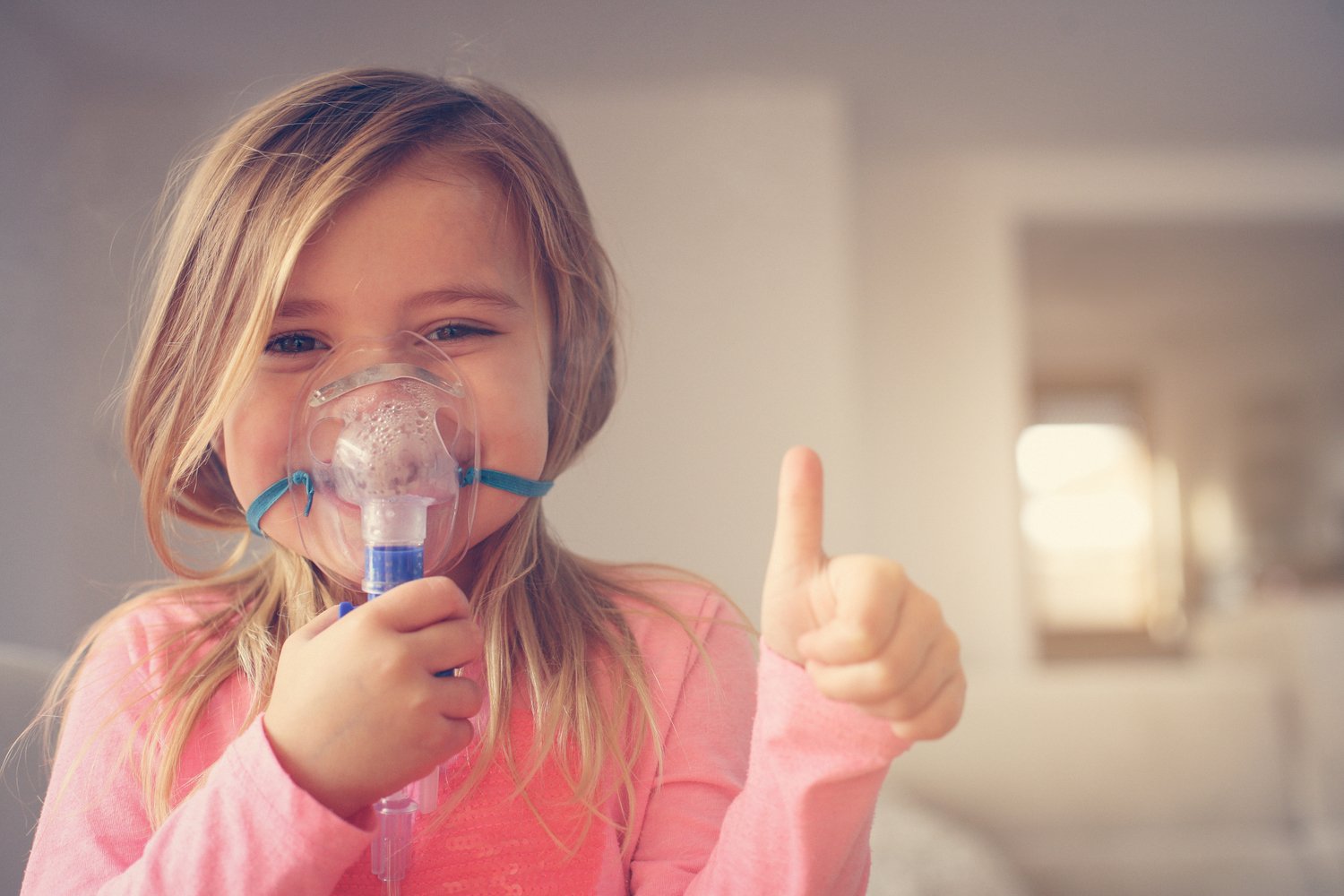
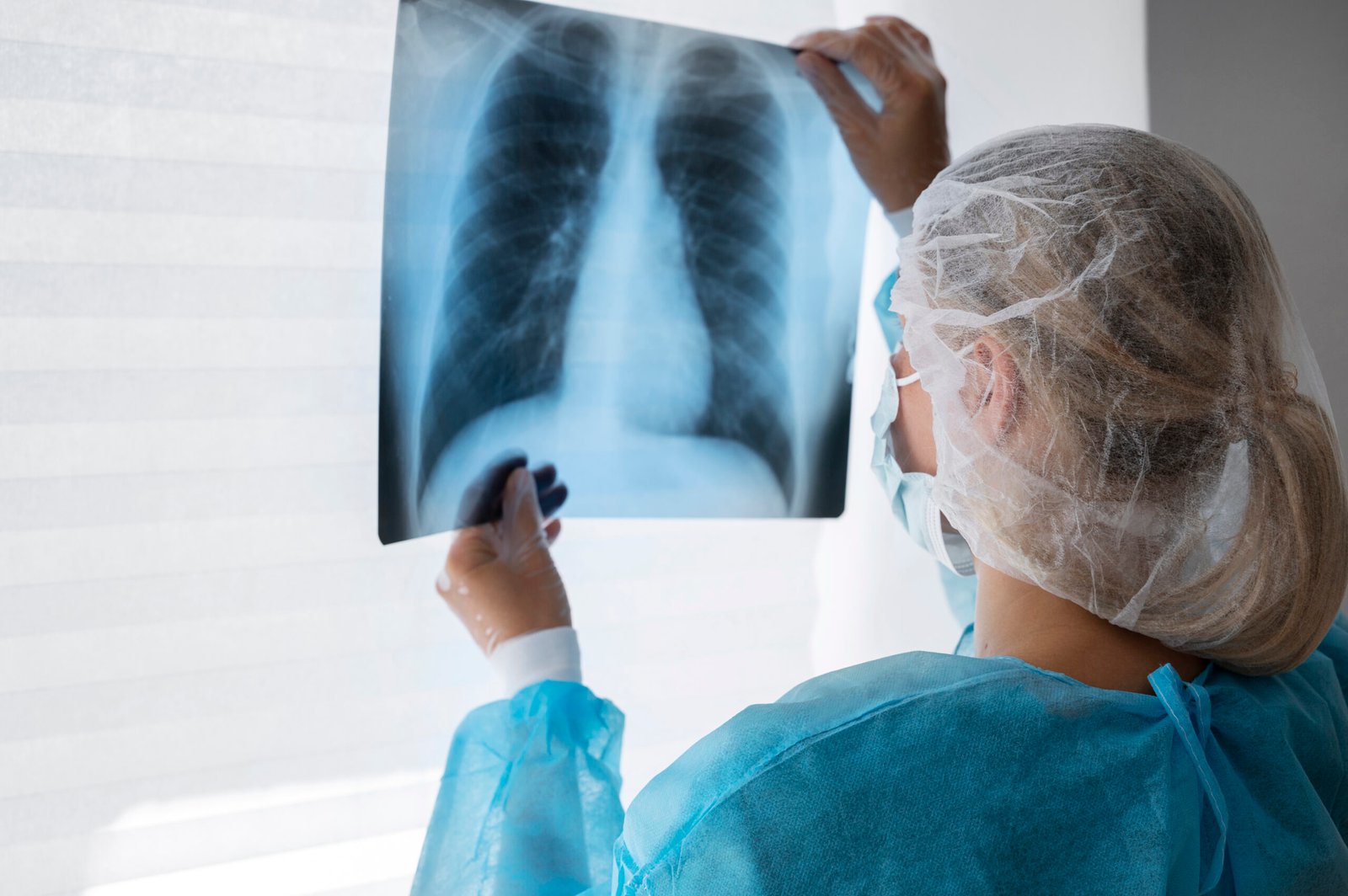
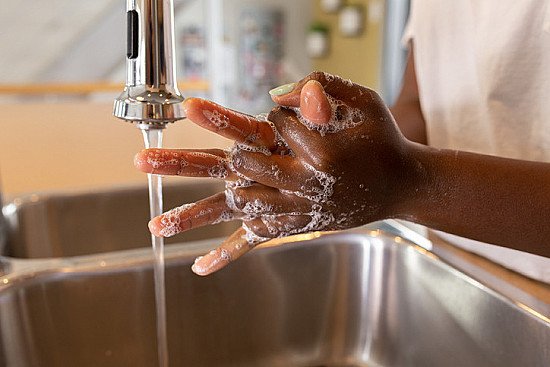
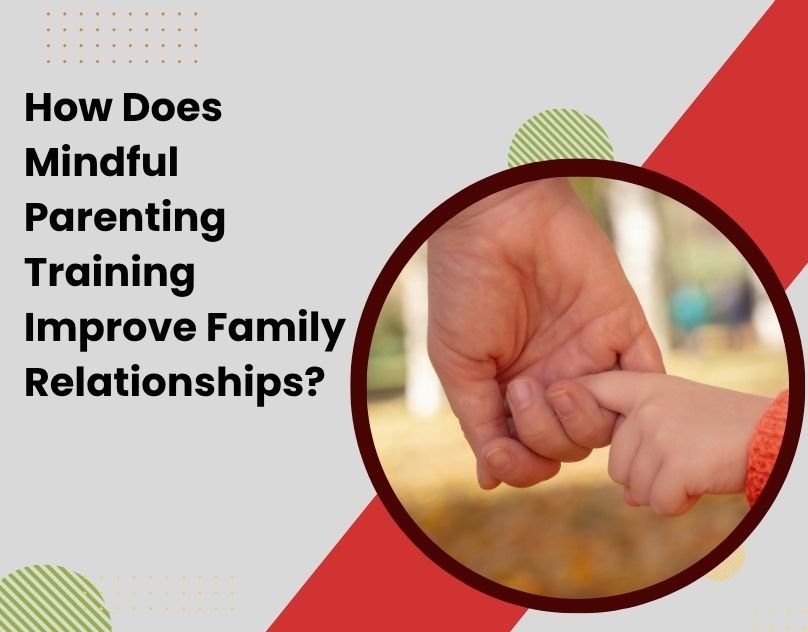
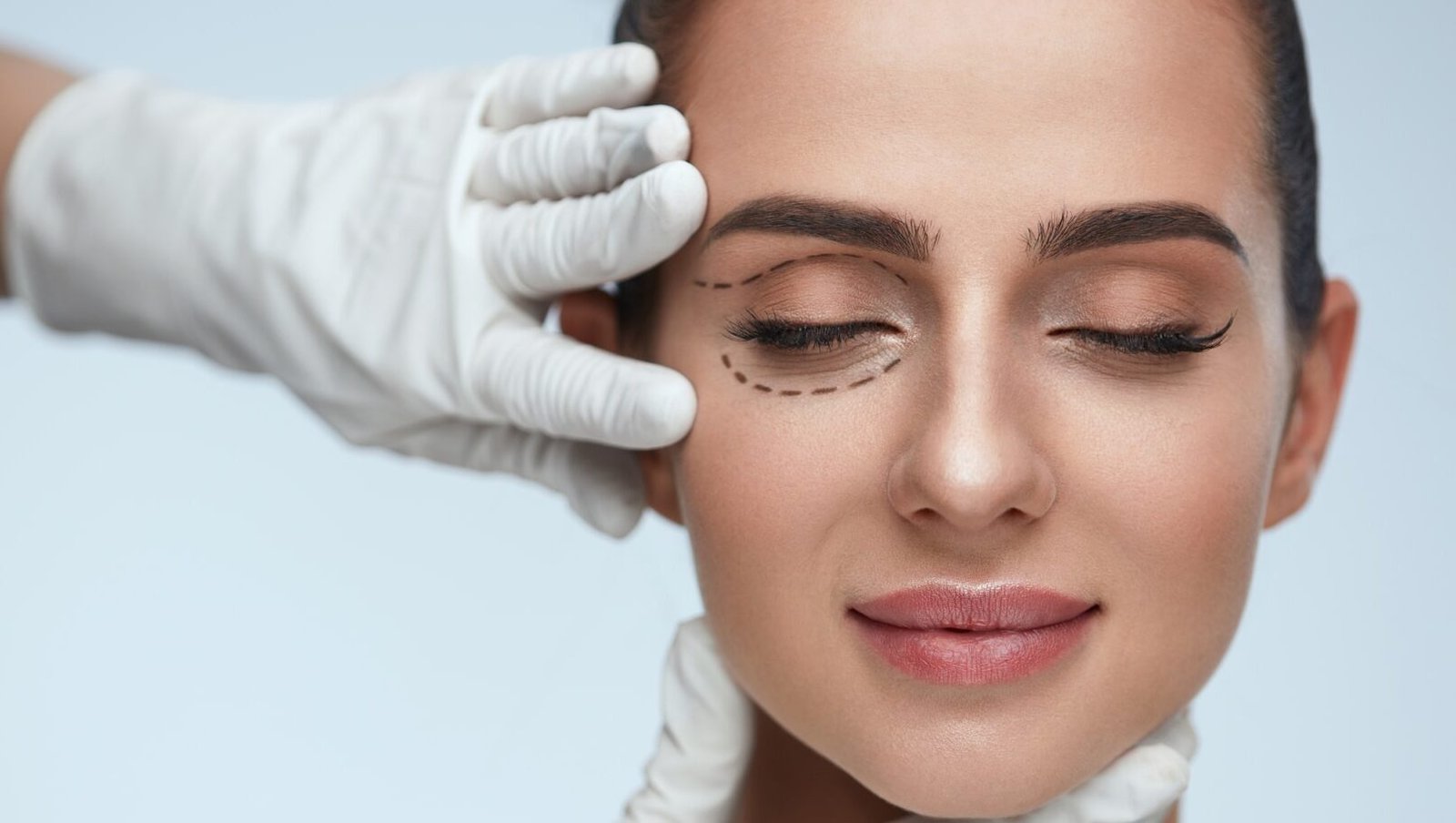
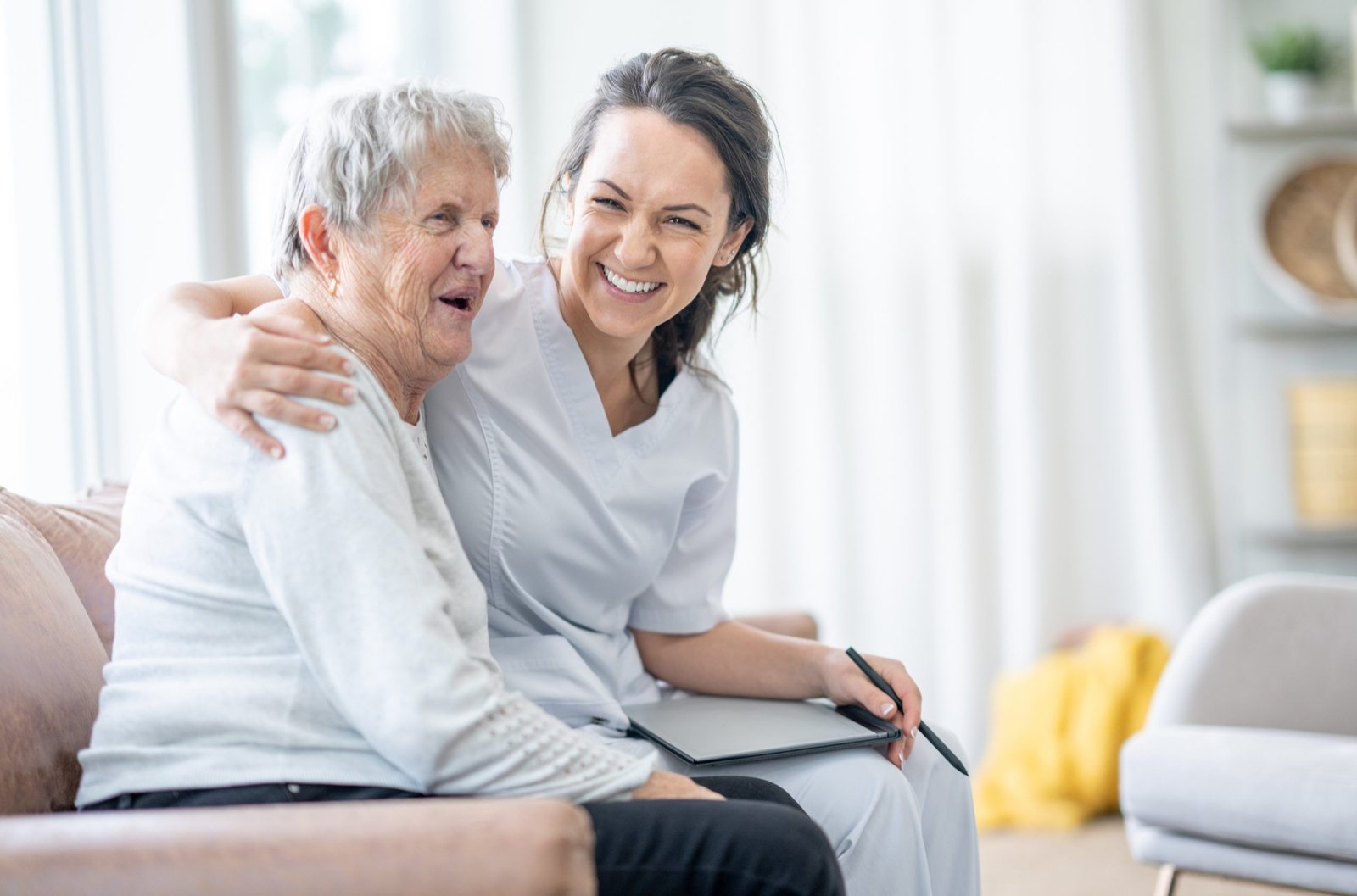
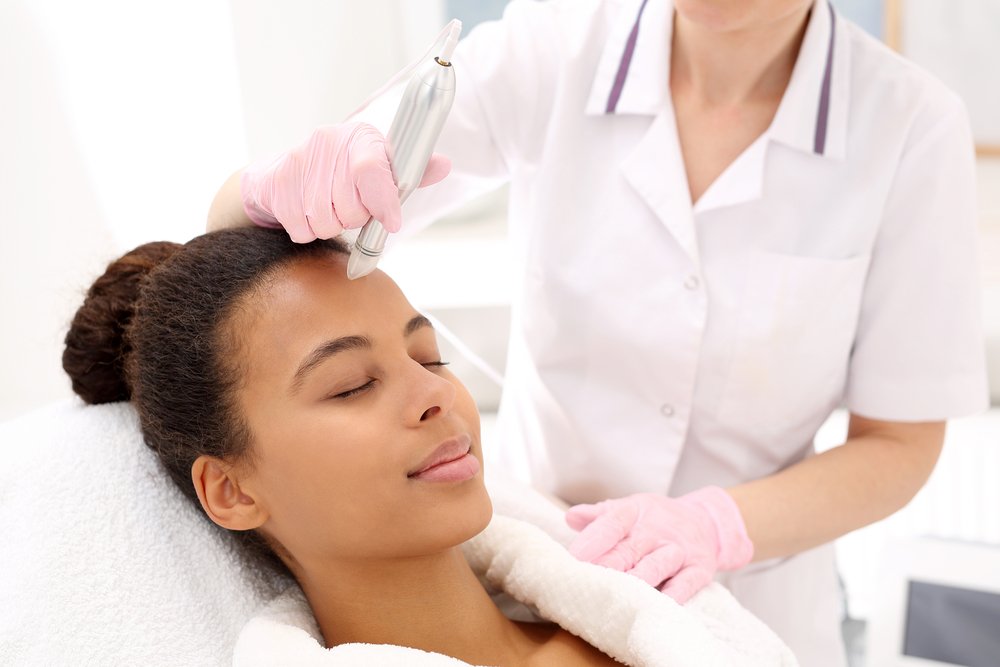
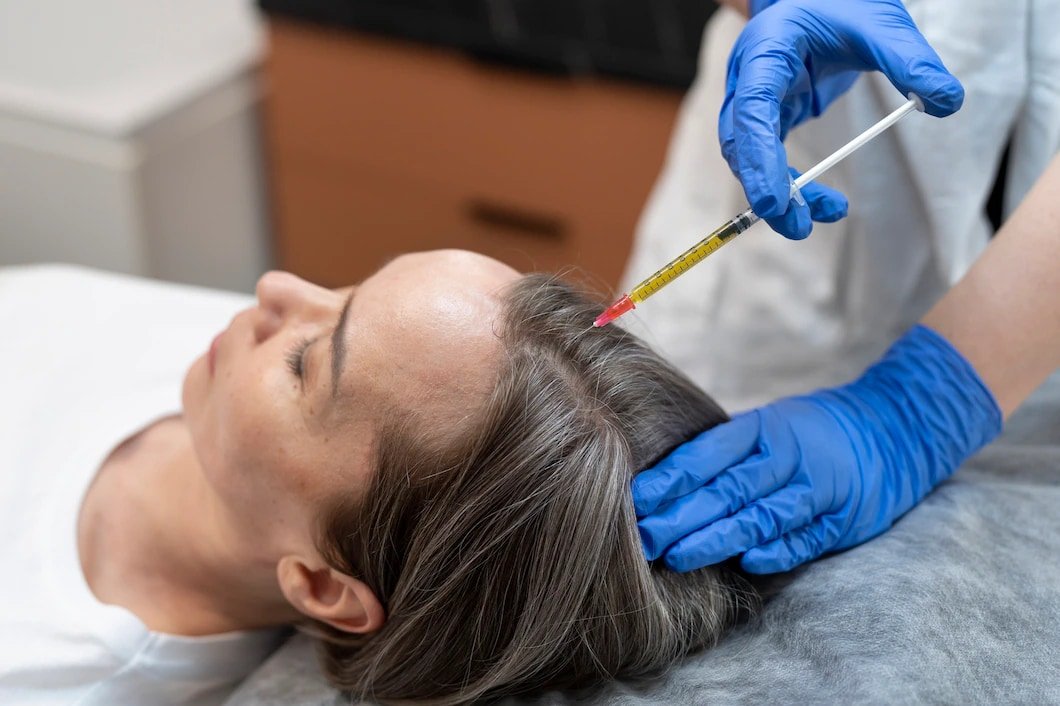
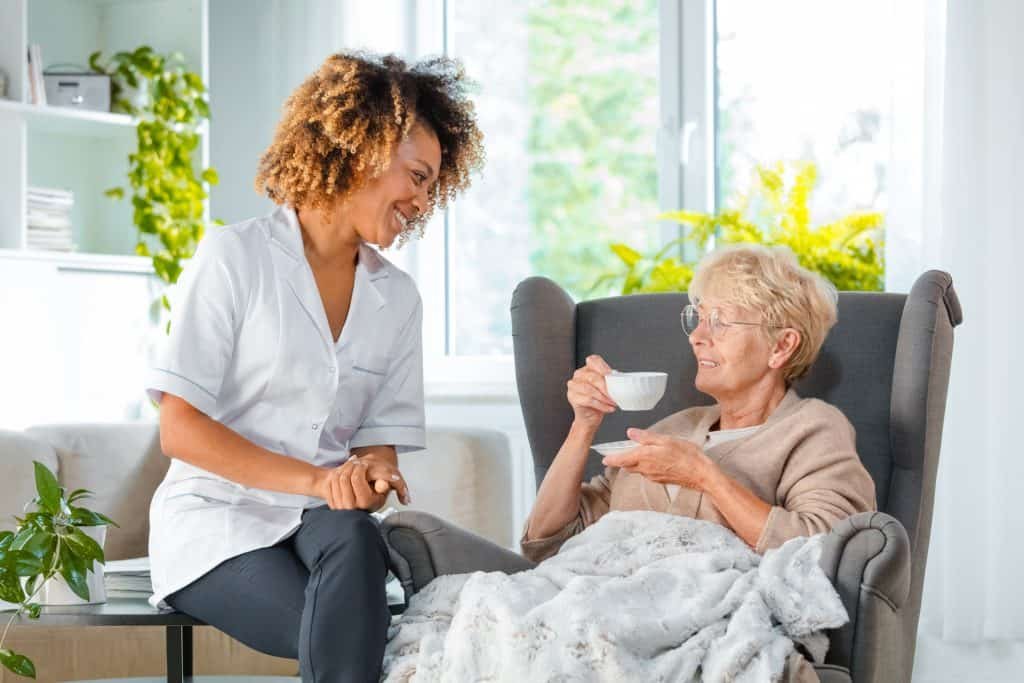




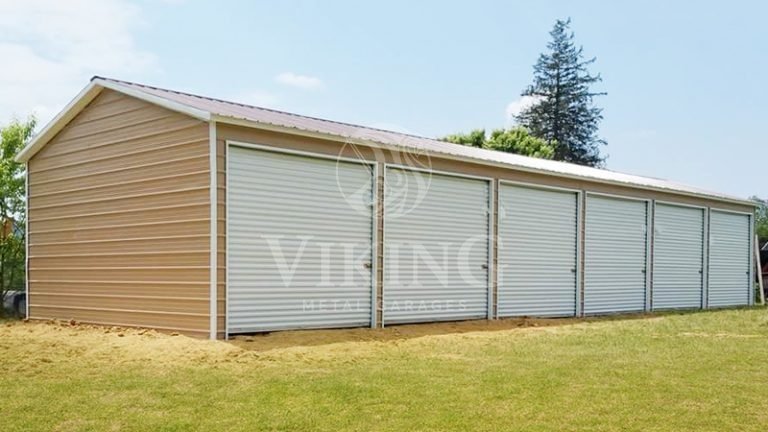

Leave a Reply